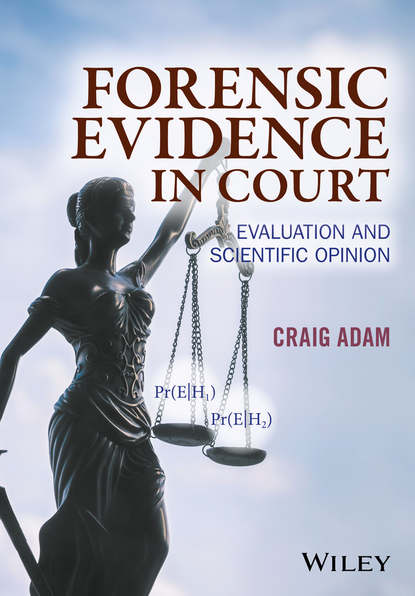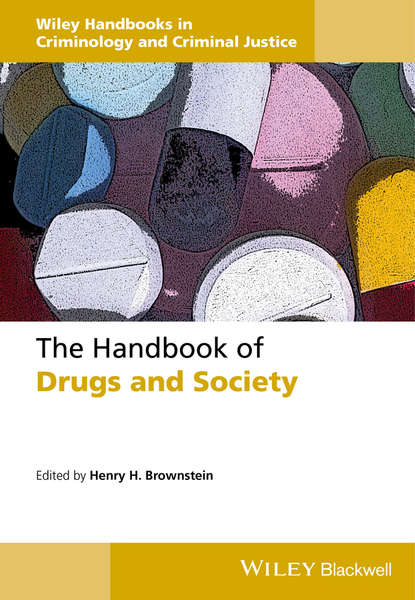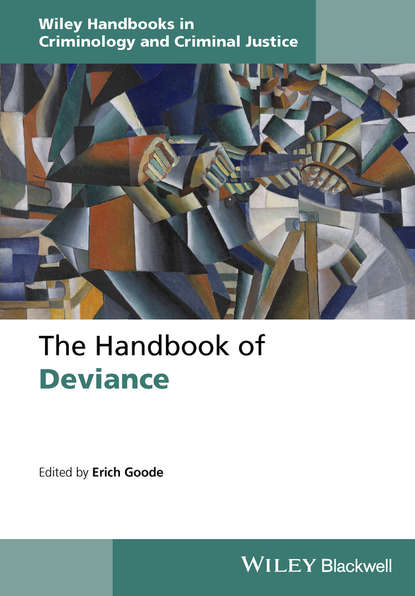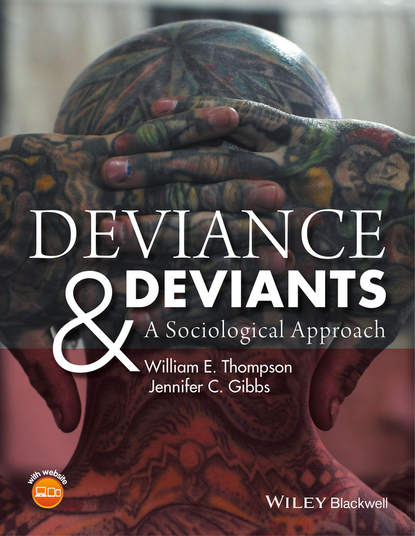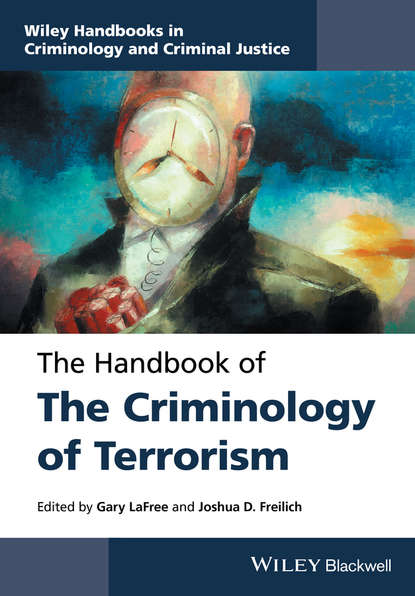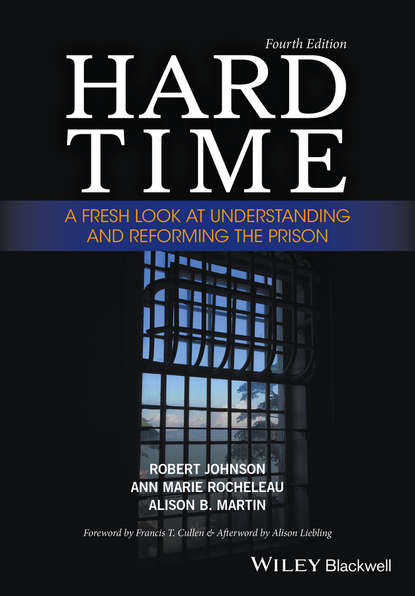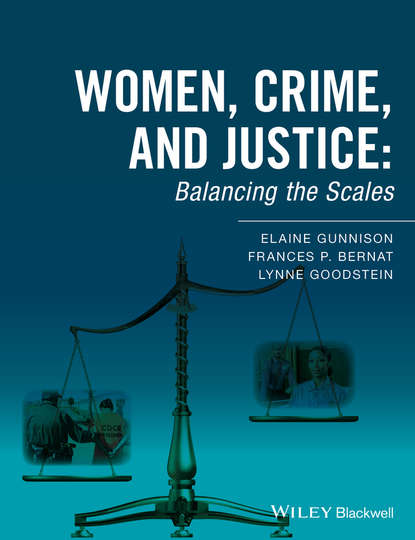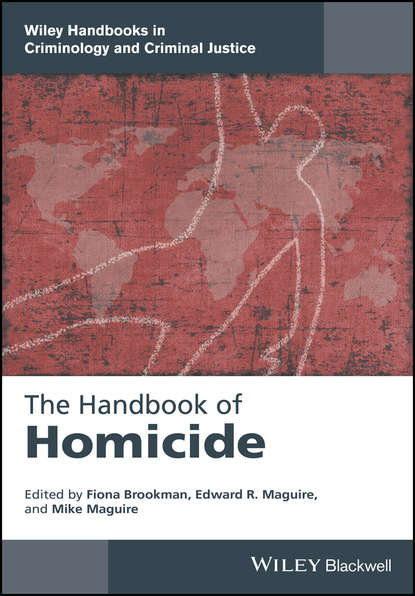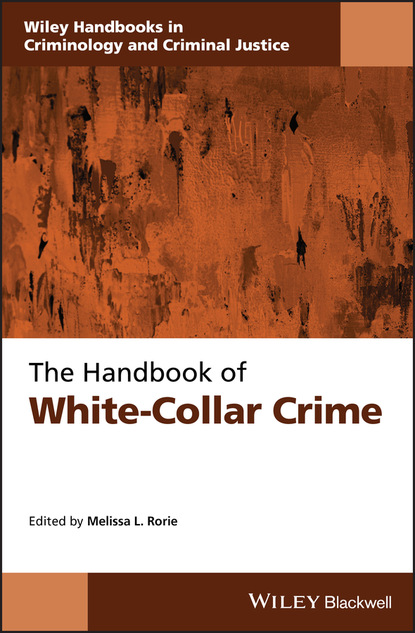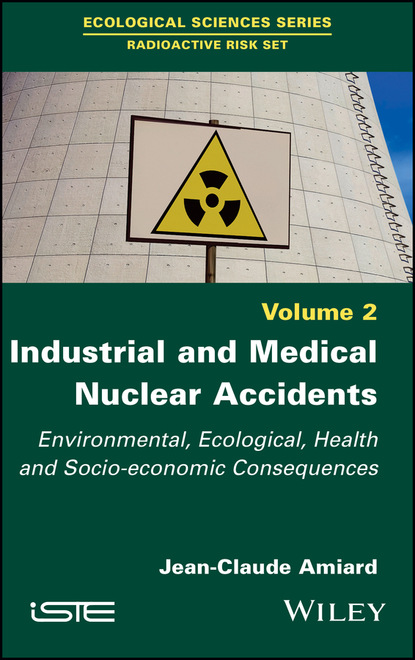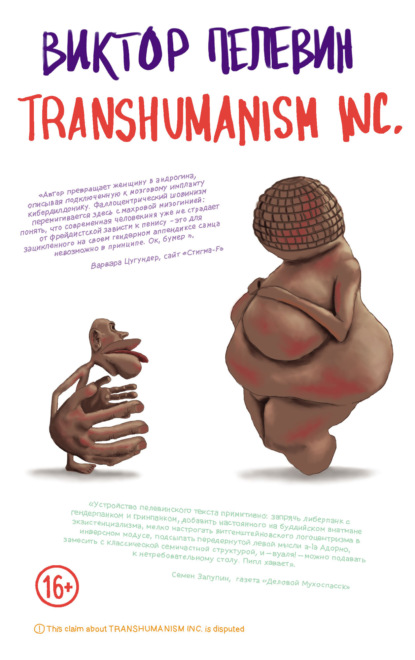Книга "Доказательства в суде: принципы и практика интерпретации" посвящена интерпретации и оценке научных доказательств и их представлению в суде. Эта тема является центральной для работы судебного эксперта и для защиты интересов правосудия. Книга предлагает подробное обсуждение принципов и практики интерпретации доказательств на основе реальных судебных дел. Она подойдет для студентов судебной экспертизы и близких дисциплин на уровне бакалавриата и магистратуры, а также для практикующих специалистов, занимающихся профессиональным развитием.
Книга состоит из трех разделов. Первый раздел описывает и обсуждает вопросы, связанные с допустимостью и надежностью научных доказательств, представленных в суде. Во втором разделе объясняются принципы интерпретации и оценки доказательств, включая формальные статистические методы, основанные на байесовском выводе. В следующих главах представлены примеры оценки и представления доказательств в контексте отдельного типа или класса научных доказательств, начиная с ДНК-анализа и заканчивая анализом документов. Для каждого типа доказательств объясняется научная основа анализа и интерпретации материалов судебной экспертизы, за которыми следует представление судебных дел, иллюстрирующих разнообразие подходов к предоставлению экспертных научных мнений.
Электронная Книга «Forensic Evidence in Court» написана автором Craig Adam в году.
Минимальный возраст читателя: 0
Язык: Английский
ISBN: 9781119054429
Описание книги от Craig Adam
The interpretation and evaluation of scientific evidence and its presentation in a court of law is central both to the role of the forensic scientist as an expert witness and to the interests of justice. This book aims to provide a thorough and detailed discussion of the principles and practice of evidence interpretation and evaluation by using real cases by way of illustration. The presentation is appropriate for students of forensic science or related disciplines at advanced undergraduate and master's level or for practitioners engaged in continuing professional development activity. The book is structured in three sections. The first sets the scene by describing and debating the issues around the admissibility and reliability of scientific evidence presented to the court. In the second section, the principles underpinning interpretation and evaluation are explained, including discussion of those formal statistical methods founded on Bayesian inference. The following chapters present perspectives on the evaluation and presentation of evidence in the context of a single type or class of scientific evidence, from DNA to the analysis of documents. For each, the science underpinning the analysis and interpretation of the forensic materials is explained, followed by the presentation of cases which illustrate the variety of approaches that have been taken in providing expert scientific opinion.
